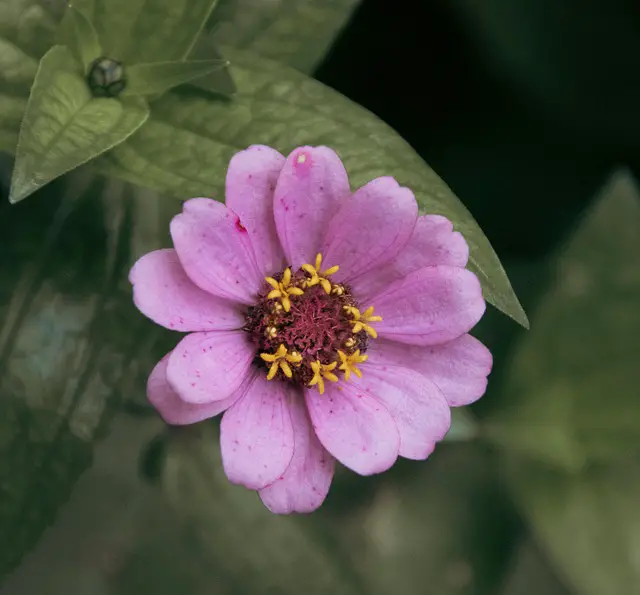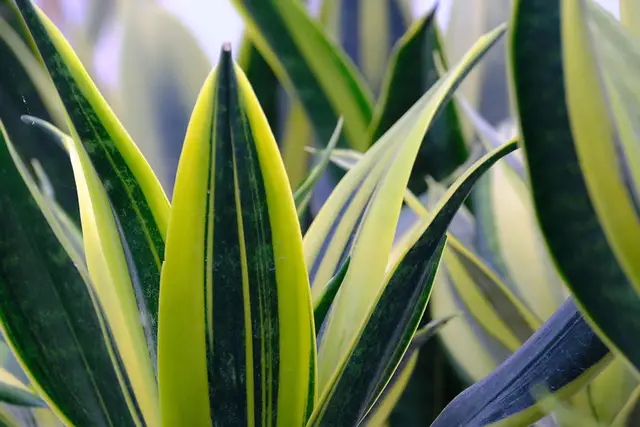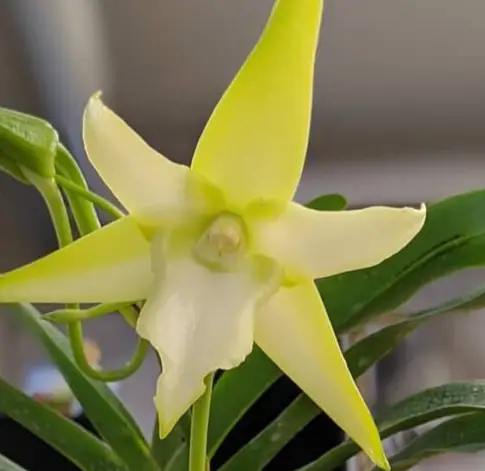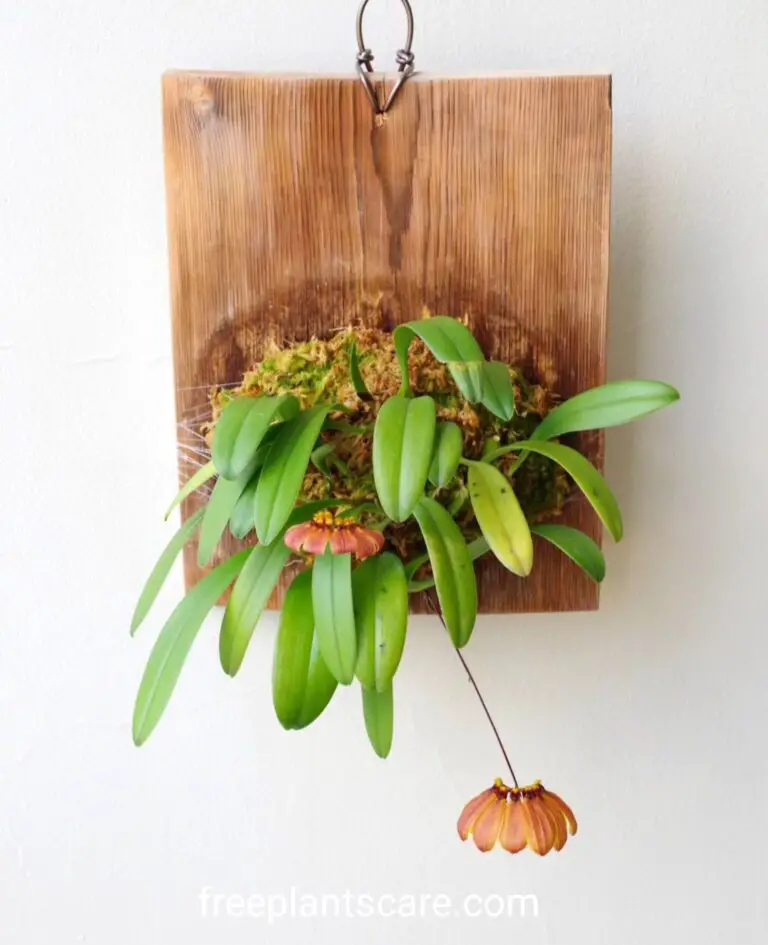Purple Tulips are a stunning and timeless addition to any garden, bringing a rich splash of color that symbolizes royalty, admiration, and elegance. Known for their deep, vibrant hues and graceful shape, purple tulips have captivated flower lovers for centuries. Whether you’re a seasoned gardener or a beginner, growing purple tulips at home can be both rewarding and enjoyable. Their striking beauty makes them perfect for garden beds, borders, or even as cut flowers to brighten your indoor spaces.
In this guide, we will explore the 20 best ways to grow purple tulips at home, ensuring you achieve lush, healthy blooms year after year. From selecting the right bulbs to perfect planting techniques and care tips, this comprehensive approach will help you nurture these elegant flowers with confidence and success.
- 1 Section 1: Getting Started with Purple Tulips
- 2 1. Choose the Right Purple Tulip Variety
- 3 2. Understand Tulip Growing Zones
- 4 3. Buy High-Quality Bulbs
- 5 4. Pick the Perfect Planting Spot
- 6 Section 2: Planting Techniques for Success
- 7 5. Plant at the Right Time
- 8 6. Use Well-Draining Soil
- 9 7. Plant Bulbs at Correct Depth and Spacing
- 10 8. Add Bone Meal or Bulb Fertilizer
- 11 Section 3: Growing and Care Tips
- 12 9. Watering Guidelines
- 13 10. Mulch for Protection
- 14 11. Fertilize in Spring
- 15 12. Control Weeds Around Tulips
- 16 Section 4: Troubleshooting & Maintenance
- 17 13. Prevent Pests and Diseases
- 18 14. Deadhead Spent Flowers
- 19 15. Let Foliage Die Naturally
- 20 16. Dig and Store Bulbs (If Needed)
- 21 Section 5: Enhancing Beauty and Sustainability
- 22 17. Combine with Other Flowers
- 23 18. Use Tulips in Containers
- 24 19. Replant Every Few Years
- 25 20. Encourage Naturalizing Varieties
- 26 FAQs About P . Tulips
Section 1: Getting Started with Purple Tulips

1. Choose the Right Purple Tulip Variety
Not all purple tulips are created equal. Popular varieties like ‘Purple Prince’, ‘Negrita’, and ‘Queen of Night’ each offer distinct shades and bloom times. Select one that matches your garden’s style and your growing zone. Mix varieties for a longer blooming display throughout the spring season.
2. Understand Tulip Growing Zones
Purple tulips thrive in USDA Zones 3–7. They need a cold dormant period to develop properly, making them ideal for temperate climates. In warmer zones, pre-chilling bulbs is often necessary. Knowing your zone helps you plan the best care and ensures your tulips bloom vibrantly in spring.
3. Buy High-Quality Bulbs
Start with firm, plump, and blemish-free bulbs from a reputable supplier. Larger bulbs generally produce stronger plants and bigger blooms. Avoid bulbs that are soft, moldy, or sprouting prematurely. Investing in quality bulbs ensures a greater chance of success and a breathtaking spring display.

4. Pick the Perfect Planting Spot
Full light and well-drained soil are ideal for purple tulips. Pick a location in your yard that receives at least six hours of sunlight each day and is kept reasonably dry. To preserve fragile blooms, stay away from low-lying spots where water tends to collect and attempt to protect the area from severe winds.
Section 2: Planting Techniques for Success
5. Plant at the Right Time
The timing is crucial. Tulip bulbs should be planted in the fall, roughly six to eight weeks prior to the first hard frost in most areas. This enables the roots to take root before to winter. Plant in September or October in colder climates and as late as November in milder climates.
6. Use Well-Draining Soil
A tulip’s dislike of wet roots To increase drainage, amend heavy clay soil with compost, sand, or perlite. Additionally, sloped regions or raised beds work nicely. A loose, well-draining soil mixture provides the ideal conditions for your bulbs to grow robustly and helps avoid rot.
7. Plant Bulbs at Correct Depth and Spacing
Plant bulbs 6 to 8 inches deep and 4 to 6 inches apart. This depth protects bulbs from temperature extremes and animal pests. Proper spacing gives them room to grow without competition. Use a bulb planter or trowel to achieve consistent depth throughout your garden.
8. Add Bone Meal or Bulb Fertilizer
Before covering bulbs with soil, sprinkle a small amount of bone meal or a balanced bulb fertilizer in each hole.This increases root growth and provides a robust start for your tulips. Avoid direct bulb contact with fertilizer to prevent burning or rot—just mix lightly in the planting hole.
Section 3: Growing and Care Tips
9. Watering Guidelines
After planting, water thoroughly to help settle the soil and start root growth. Once established, tulips typically don’t need much water during winter. In spring, if rainfall is scarce, provide supplemental watering once a week. Avoid overwatering, as wet soil can lead to bulb rot and fungal issues.
10. Mulch for Protection
Apply a 2–3 inch layer of mulch over the planting area in late fall. Mulch helps retain moisture, regulate soil temperature, and protect bulbs from extreme cold. In spring, gradually remove the mulch to allow the tulip shoots to emerge easily and get the sunlight they need.
11. Fertilize in Spring
Use a balanced, slow-release fertiliser (such as 10-10-10) when the tulip leaves first appear. This encourages the growth of healthy foliage and flowers. Steer clear of fertilisers with high nitrogen content, as they may promote leafy growth at the price of flowers. To facilitate absorption, thoroughly water the fertiliser.
12. Control Weeds Around Tulips
Weeds compete with tulips for nutrients and water, reducing bloom quality. Keep the area around your plants weed-free by hand-pulling or using natural mulch to suppress weed growth. Avoid chemical herbicides near bulbs, as they can damage tulip roots and disrupt the natural soil balance.
Section 4: Troubleshooting & Maintenance
13. Prevent Pests and Diseases
Watch for common problems like aphids, slugs, and fungal diseases. To naturally repel pests, use insecticidal soap or neem oil.. Avoid overhead watering to reduce fungal risk. Good air circulation, clean soil, and rotating planting spots every few years help maintain plant health and prevent infestations.
14. Deadhead Spent Flowers
Once tulip flowers fade, snip them off just below the head. This prevents the plant from putting energy into seed production and instead directs it toward nourishing the bulb for next year. Be careful not to cut the leaves, which are still essential for photosynthesis and bulb regeneration.
15. Let Foliage Die Naturally
Let the green leaves stay for at least six weeks after they blossom.They absorb sunlight to replenish the bulb’s energy reserves. Cutting them too soon weakens the bulb and reduces future blooms. Wait until the foliage turns yellow and wilts before removing it from the garden.
16. Dig and Store Bulbs (If Needed)
After the greenery dies back, lift and store the tulip bulbs if you live in a warm region or if your soil remains moist throughout the summer. Store them in a ventilated container in a cold, dark and dry place until autumn after drying them in a cool, shaded spot. To make transplanting easier, label them by variety.
Section 5: Enhancing Beauty and Sustainability
17. Combine with Other Flowers
Purple tulips pair beautifully with white, yellow, or pink spring flowers like daffodils, hyacinths, and pansies. Mixing colors and bloom types adds dimension and creates eye-catching displays. For maximum impact, plant in groupings or waves rather than isolated bulbs scattered across the garden.
18. Use Tulips in Containers
Lacking space? Pots and containers on patios or balconies are ideal for growing purple tulips. Make use of a container with adequate drainage that is at least 10 inches deep. Put the pot in a sunny location, plant the bulbs closely together, and fill it with soil that drains well. During the autumn and winter dormancy, water sparingly.
19. Replant Every Few Years
Some tulip varieties don’t return as vibrantly after a few years. If blooms start to fade, consider replacing older bulbs with fresh stock. Dig up, divide, and inspect bulbs every few years to maintain performance and enjoy consistently bold, beautiful flowers in your garden each spring.
20. Encourage Naturalizing Varieties
Some purple tulips, like species or Darwin hybrids, can “naturalize,” meaning they return and spread year after year. Choose these if you want a self-renewing flower bed. Plant them in well-drained, undisturbed areas and let the foliage die back naturally to encourage a sustainable, recurring tulip display.
With the right care and attention, purple tulips can be a breathtaking and elegant part of your spring garden. These 20 expert tips cover everything you need to know—from selecting the best bulbs to long-term maintenance. Try growing them at home, and feel free to share your tulip success stories or photos in the comments below!
FAQs About P . Tulips
1.What distinguishes P. tulips from ordinary tulips, and what are they?
P . Tulips are a unique and colorful variety of tulips admired for their striking petal shapes, vivid hues, and strong stems. Unlike common tulip varieties, P . Tulips tend to have a longer blooming period and are more resistant to harsh weather, making them perfect for show-stopping garden displays.
2. When is the best time to plant P . Tulips?
To ensure healthy blooms, plant P . Tulips in the fall—approximately 6 to 8 weeks before the first frost. This gives P . Tulips enough time to establish their roots before winter. Planting early provides the best start for a stunning spring display of vibrant flowers in your garden.
3. Where can I buy quality P . Tulips bulbs?
High-quality P . Tulips bulbs can be purchased at local nurseries, garden centers, or trusted online bulb suppliers. When choosing your P tulips, look for sturdy, mold-free bulbs. Purchasing from a reputable source ensures healthy blooms and helps you avoid problems like disease or poor germination rates.
4. How deep should I plant P . Tulips bulbs?
For the healthiest plants, P . Tulips bulbs should be planted 6 to 8 inches deep in well-drained soil. This planting depth protects P . Tulips from temperature fluctuations and encourages strong stem development. Make sure to place the bulb with the pointed end facing upward for proper growth.
5. Do P . Tulips need full sun or partial shade?
P. Full sun is ideal for tulips, which need at least six hours of sunlight per day. While they can tolerate partial shade, full sun ensures the most vibrant blooms and stronger stems. If you’re growing P . Tulips indoors, choose the sunniest window or supplement with grow lights if needed.
6. How often should I water P . Tulips?
After planting, water P . Tulips thoroughly once, then only water sparingly.The ideal soil for these bulbs is slightly damp, not soggy. Overwatering P . Tulips can cause bulb rot or fungal issues, so it’s crucial to maintain proper drainage and only water when the soil feels dry to the touch.
7. Can I grow P . Tulips in pots?
Yes, P . Tulips thrive in pots if provided with adequate drainage and space. Use a container that’s at least 8 inches deep and fill it with well-draining soil. Growing P . Tulips in containers lets you enjoy their colorful display on patios, balconies, or even indoors during blooming season.
8. Are P . Tulips perennials or annuals?
P . Tulips are technically perennials, meaning they can return each year. However, in some climates or soil conditions, gardeners treat them as annuals. With proper care—such as good soil, fertilizer, and correct planting depth—P . Tulips can bloom for several seasons, making them a rewarding long-term garden choice.
9. How do I fertilize P . Tulips for the best blooms?
To encourage stunning flowers, fertilize P . Tulips at planting with a bulb-specific fertilizer. Apply again in early spring when the shoots emerge. Avoid over-fertilizing, which may promote foliage at the expense of flowers. Consistent, balanced feeding helps P . Tulips produce bright, long-lasting blooms and healthy green leaves.
10. What are common pests that affect P . Tulips?
P . Tulips can fall victim to pests like aphids, slugs, snails, and bulb mites. These pests can damage foliage and affect blooming. Check P . Tulips regularly and treat with neem oil, insecticidal soap, or other safe remedies. Good garden hygiene and rotating planting areas also help prevent infestations.
11. How can I protect P . Tulips from animals like deer and squirrels?
To protect P . Tulips from deer and squirrels, plant bulbs with a protective wire mesh or garden netting. You can also use commercial repellents or companion plants that deter pests. Animals are attracted to P . Tulips for their bulbs and foliage, so physical barriers are often the best solution.
12. Do P . Tulips need to be deadheaded?
Yes, deadheading helps P . Tulips conserve energy by removing spent flowers. This allows the plant to direct nutrients back into the bulb for the next season’s bloom. However, do not cut the green leaves until they yellow and die back naturally—this ensures that P . Tulips stay healthy and productive.
13. Can I use P . Tulips in floral arrangements?
Absolutely! P . Tulips are popular for fresh floral arrangements thanks to their bold colors and elegant forms. Cut the stems at an angle and place P . Tulips in cool water. They pair well with other spring flowers and can add sophistication to weddings, celebrations, or simple home décor.
14. How do I store P . Tulips bulbs after the season ends?
After the blooming season, dig up P . Tulips bulbs once the foliage has died back. After properly cleaning and drying them, keep them somewhere cool, dry, and well-ventilated. If you are keeping several types of bulbs, label them. This keeps P. tulips prepared for autumn replanting.
15. Why aren’t my P . Tulips blooming?
Several factors can cause P . Tulips to stop blooming, including poor soil, too much shade, overcrowding, or nutrient deficiencies. Dig up the bulbs, check for signs of rot or damage, and replant in a sunnier spot with improved soil. Regular care helps keep P . Tulips blooming year after year.






